Gallery: Wildflowers of Western Australia
30 May 2017

The donkey orchid (Orchidaceae diuris) is a perennial flower native to Australia, with the exception of one species found in Timor. Two large petals stick up towards the top of the flower giving it a donkey-esque appearance.
Image credit: Don Fuchs
They’re the quintessential Aussie battlers, digging their roots into WA’s sandy soils and thriving. Take look through the most captivating of blooms, captured by photographer Don Fuchs.
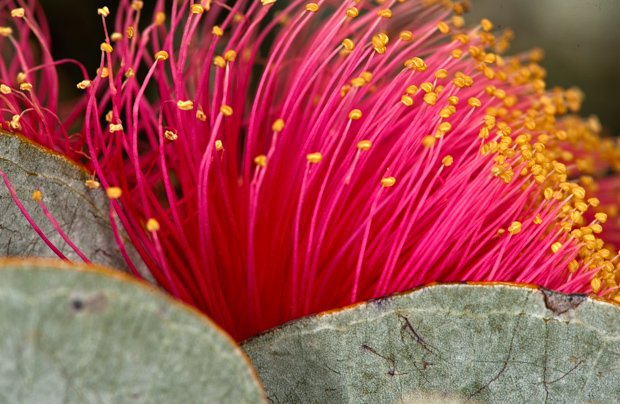

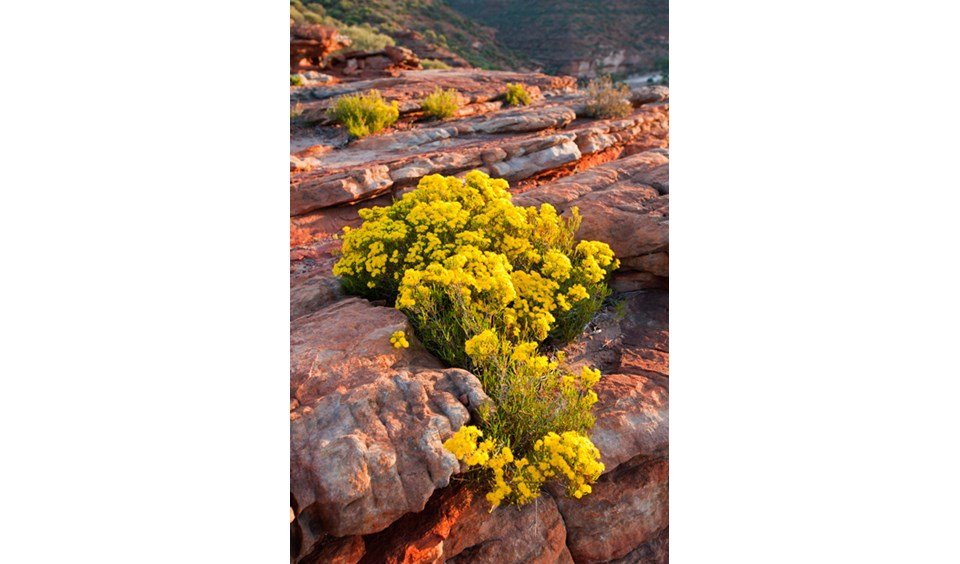
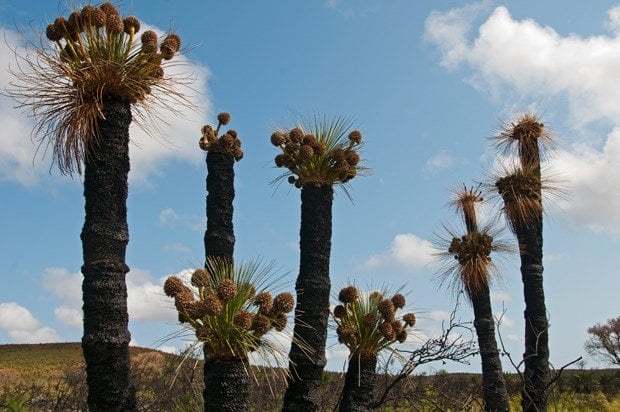





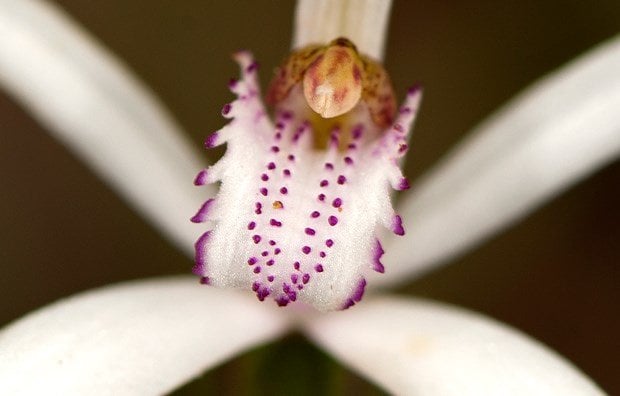
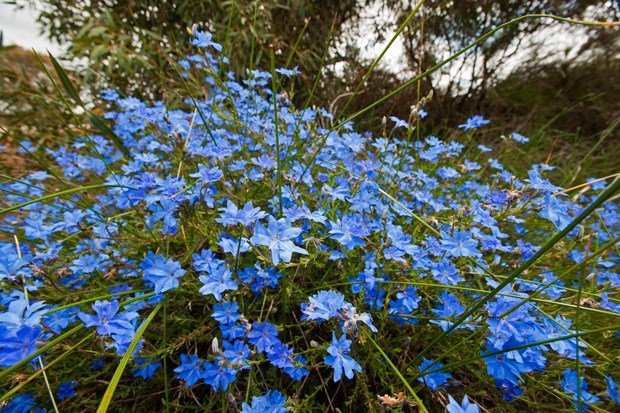



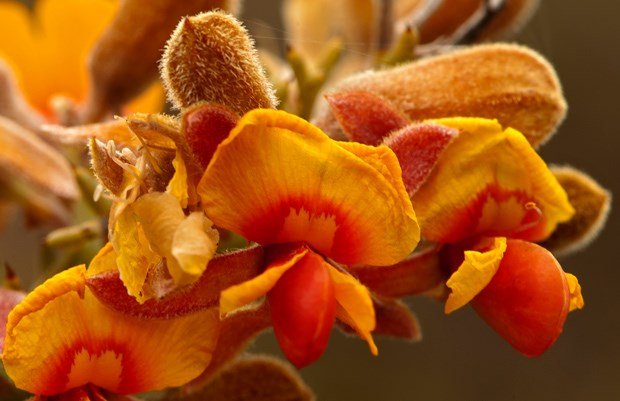
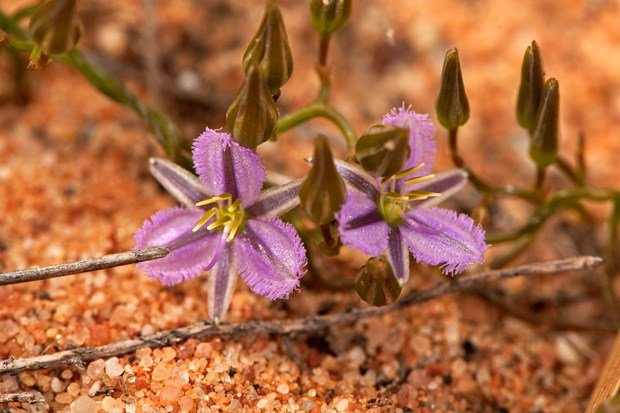
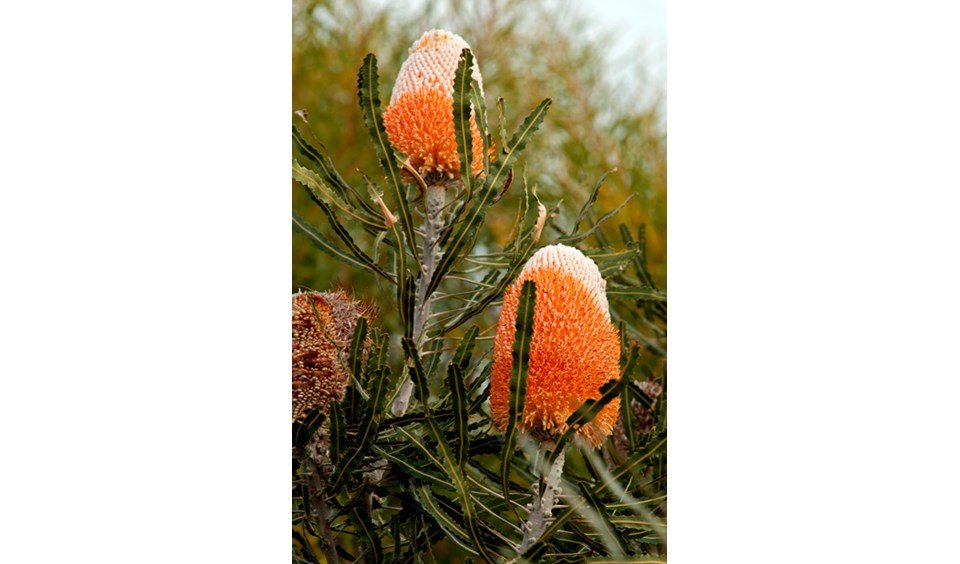
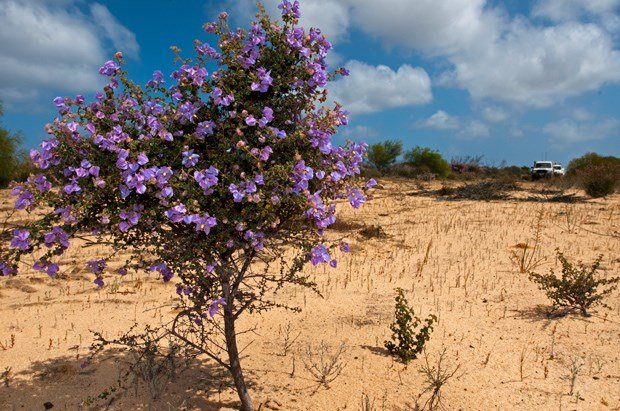
READ MORE:


